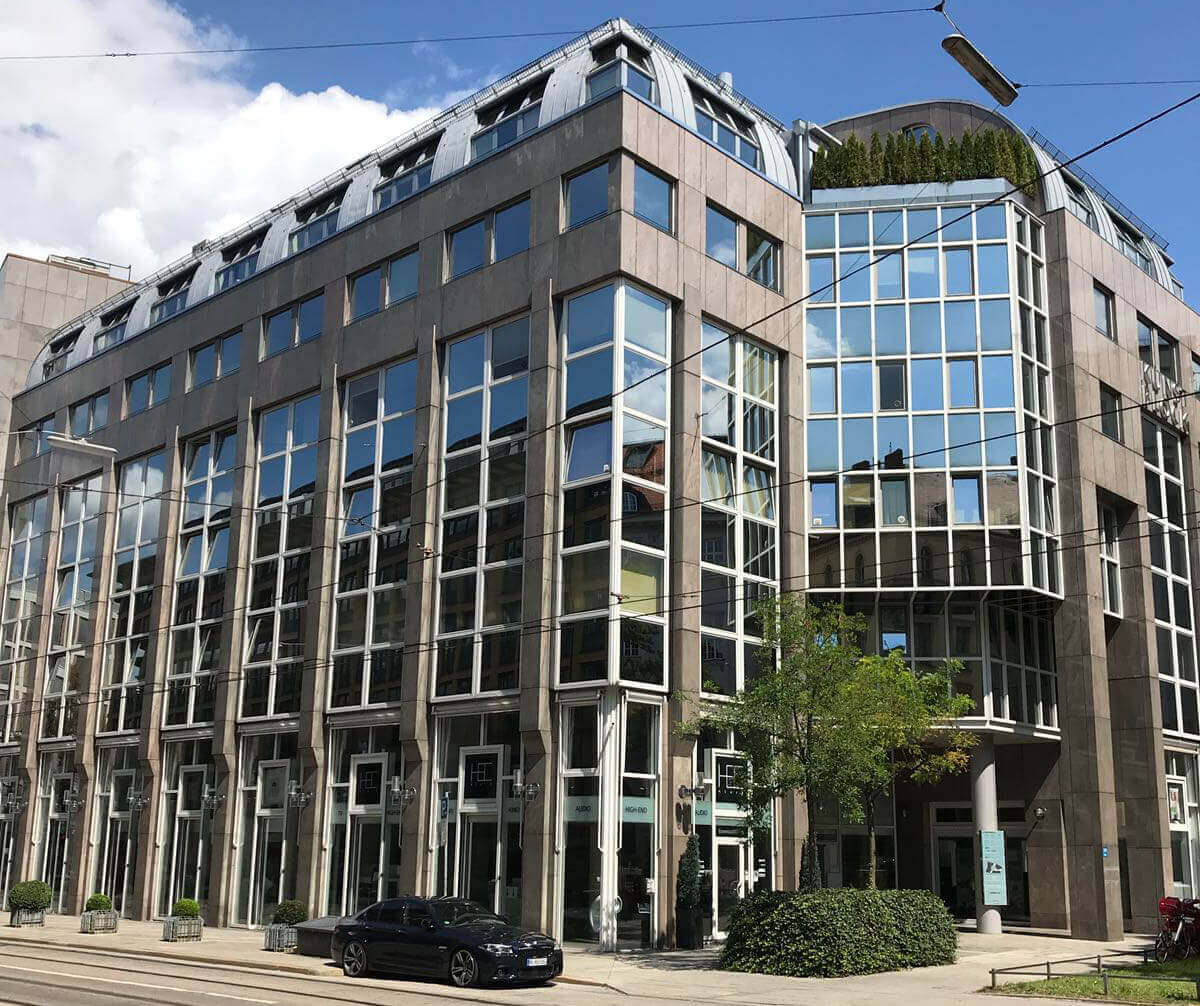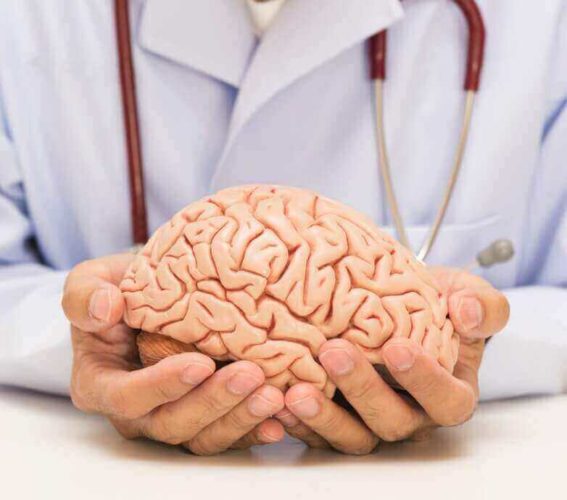In the brain, each area is responsible for specific functions and abilities. So it is not surprising that it is a very complex organ, made up of different lobes and folds. A stroke that occurs in one area of the brain may affect the body differently than one that occurs in another area. The three main components of the brain are the brainstem, cerebellum, and cerebrum. Since the brainstem is responsible for involuntary processes like breathing and heart rate, a stroke in the brainstem is often life-threatening. The cerebellum coordinates voluntary motor movements like coordination, balance, and speech. However, it is not very common for strokes to occur in either the brainstem or cerebellum. The cerebrum is the largest part of the brain and is composed of the right and left hemispheres. It is responsible for higher cognitive functions such as interpreting sensory information and speech, along with reasoning, emotions, learning, and fine control of motor movements. Most ischemic strokes affect the cerebrum and can be divided into the categories of left brain stroke and right brain stroke.
Ischemic stroke patients treated by CBC Health may benefit from regenerative improvements in the brain that can include:
- Neurotrophic Influence
- Immune Benefits
- Inflammation Reduction
What Does Each Side of the Brain Control?
Although every stroke is unique, they tend to affect people in similar ways based on which side of the brain it affects. Each side of the brain is responsible for controlling different parts of the body as well as different tasks.
The Left Brain Controls:
- Movement on the right side of the body
- Critical thinking
- Logic & reasoning
- Language
- Science and math
- Writing
- Numbers skills
The Right Brain Controls:
- Movement on the left side of the body
- Art awareness
- Imagination
- Intuition
- Insight
- Holistic thought
- Music awareness
- Spatial recognition
How Stroke Affects Each Side of the Brain
The terms Left Brain Stroke and Right Brain Stroke refer to the side of the brain where the obstruction causing the stroke occurs. There is not a worse or better side to have a stroke on as both sides control many important functions, but a more severe stroke will result in amplified effects.
Left Brain Stroke:
- Possible paralysis on the right side of the body
- Speech/language problems
- Slow, cautious behavior
- Impairment of organizational abilities
- Facial weakness or problems with swallowing
- Memory loss
Right Brain Stroke:
- Possible paralysis on the left side of the body
- Vision problems
- Quick, overly curious behavior
- Poor decision making
- Facial weakness or problems swallowing
- Memory loss
Does Recovery Differ Between the Two Sides of the Brain?
For any survivor to begin seeing positive changes after a stroke, the rehabilitation process must start right away, regardless of which side of the brain the stroke occurred. Although the effects of a stroke can be severe, the brain has an incredible ability to adjust and even reconnect neurological pathways. This is called neuroplasticity and can be observed at multiple scales, from microscopic changes in individual neurons to larger-scale changes such as cortical remapping in response to injury such as stroke.
Supporting the brain to rewire itself
Through repetition of targeted rehabilitation exercises, neuroplasticity is sparked and the brain begins to rewire itself. After a left-brain stroke, exercises that focus on the right side of the body and reinforce critical thinking are the most effective methods to support the regrowth of neurological pathways in the left hemisphere. In contrast, recovery from a right-brain stroke may include exercises that focus on the left side of the body and reinforce creativity and meditative, artistic thinking.

At CBC Health, we specialize in offering victims of ischemic stroke a special form of therapy from the field of regenerative medicine. This method uses stem cells from umbilical cord blood for treatment. To learn more, call us at +1 855 426 4623.




